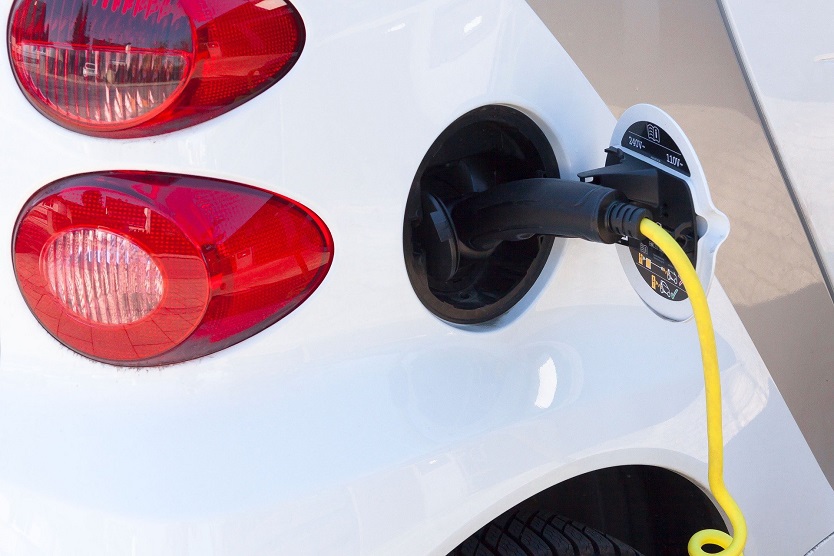
A joint team from the Fritz Haber Institute, the Technical University of Munich and the Research Centre Jülich have been looking into ways to increase stability in crystal electrolytes.
© pixabay
Solid state batteries are the next generation of mobile energy storage. Theoretically, they offer greater safety and range than conventional lithium-ion batteries that are made with a liquid electrolyte which is highly flammable and corrodes quickly. Auto manufacturers have been pouring investment into high-performance, solid crystal electrolyte battery research but the cell technology is not yet durable enough.
A joint team from the Fritz Haber Institute of the Max Planck Society, the Technical University of Munich and the Research Centre Jülich have been looking into ways to increase stability in crystal electrolytes and have come to the conclusion that the answer lies in the interface design or “boundary layers” between the crystals.
In order for the ions to find coherent paths, the loose crystal grains of the conductive material are heated under high pressure during production. During the process, a melt layer forms around the edges of the tiny crystals. The charge travels from one grain to the next via this nanolayer. While the electron flow does not travel as quickly through these so-called “disordered boundary layers” as it does through the crystals, the scientists have found that it prevents short-circuiting and increases the service life of the battery overall. And by keeping this nanolayer as thin as possible, they were able to achieve high performance.
The investigations were the result of extensive simulations and experiments by Christoph Scheurer's team at the Fritz Haber Institute. The team also found that the interface layers could suppress the formation of lithium dendrites – tentacle-like structures which form when electrons and lithium ions meet in the battery which cause short-circuits by making connections between the anode and cathode – by forming a protective coating.


